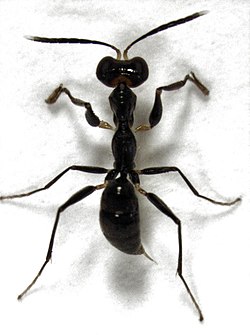Formica Ants entoLEARN webinar online event
Learn about ants of the genus Formica, including the wood ants and the slave-maker ant.
Learn about ants of the genus Formica, including the wood ants and the slave-maker ant.
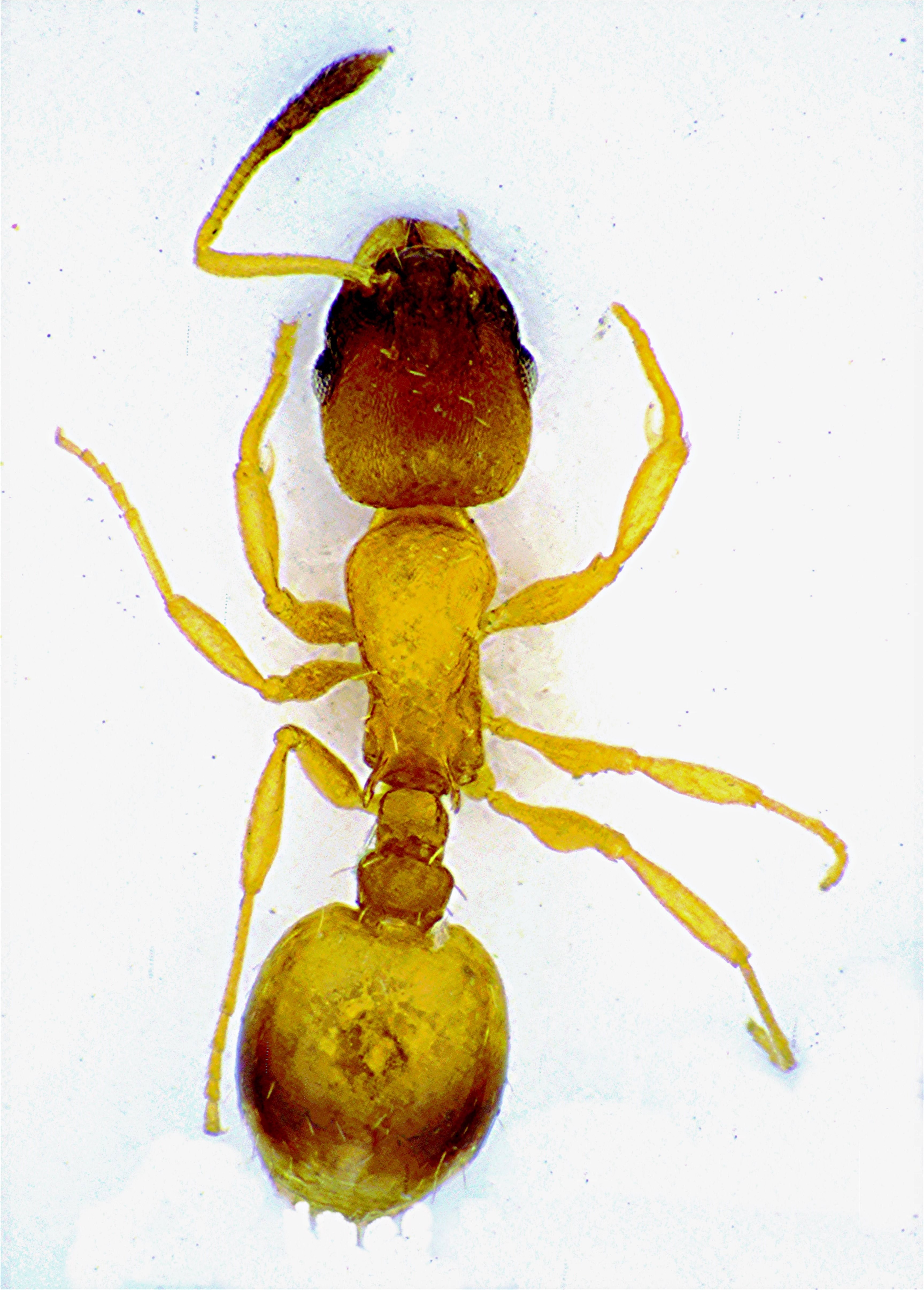
Tetramorium alpestre Steiner et al., 2010, a newly recognised ant species, has been added to the website. A map will follow.
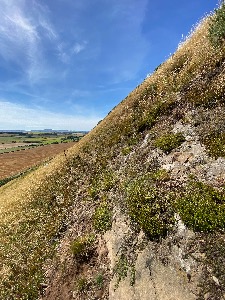
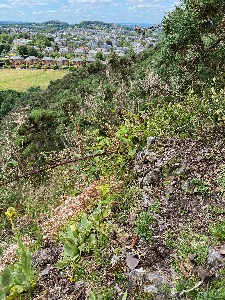

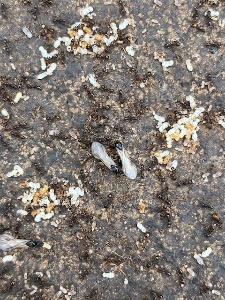
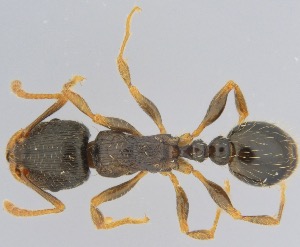
Very similar to T. caespitum in appearance and in many aspects of biology (q.v.). Forms dense populations of populous colonies very locally in favoured localities. Likely to be locally dominant and important ecologically, but it is quite unobtrusive and easily overlooked (in contrast to T. caespitum). British records only recognised as being distinct from T. caespitum in 2025. Previously T. alpestre was mainly known as a high mountain species in Central Europe (‘alpestre’ being Latin for ‘alpine’).
References
Map will be here once available
Currently known from coastal south-east Scotland north to Montrose (Berwickshire, East Lothian, Midlothian, Fife, and Kincardineshire). A few historical records of T. caespitum from the west coast of Scotland might be attributable to this species. It remains to be seen whether other records of T. caespitum from the UK west coast refer to this species.
This species has as yet no conservation status.
Largely coastal, but very strongly associated with base-rich, south-facing volcanic outcrops of various sorts. Usually with short-grazed grass (exposure to sun is important) that includes herbs such as common thyme, wood sage, common rockrose.
Workers cannot be separated visually from those of T. caespitum. Currently, identification should be based on examination of males, which show definitive differences in genital capsule morphology. Keys and images/diagrams for separating T. alpestre, caespitum and impurum in the UK are given in Jarman and Seifert (2025) and Jarman (2025).
Winged males and females (alates) have been observed in nests from late June to mid-September.
For food sources, probably relies strongly on tending root aphids and collecting/storing seeds. For such populous and dominant ants, relatively few workers are usually seen foraging above ground, with much foraging appearing to take place in tunnels just below the soil surface. This makes the species less noticeable than T. caespitum.
Peaty to sandy soil associated with base-rich south-facing volcanic outcrops. If stones are available, they are often a favoured site. Queens rarely visible in colonies (a feature shared with T. caespitum), but is reported in continental Europe to be polygynous, unlike T. caespitum.
In continental Europe, T. alpestre is host for the workerless social parasitic ant, Tetramorium atratulum, and the degenerate slave-maker, Strongylognathus testaceus. Whilst both these species are hosted by T. caespitum populations in southern Britain, it seems unlikely (but remains possible) that the Scottish populations of T. alpestre are extensive enough to support them.
2025
